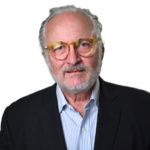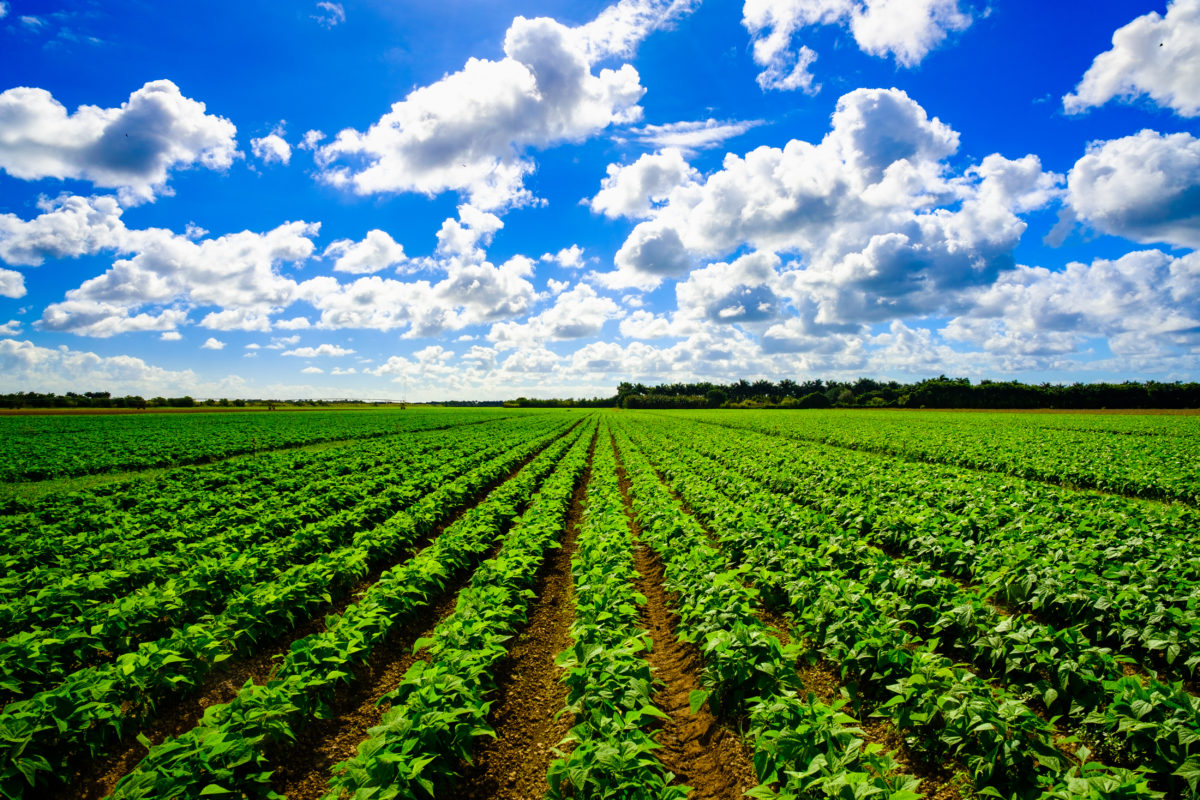July 27, 2020
By Michelle Pelletier Marshall, Global AgInvesting Media
This past April, Global AgInvesting (GAI) released the Global AgInvesting Rankings & Trends Report 2019, the first comprehensive analysis of capital flows into the global food and agriculture (F&A) sector. The report, which is available for complimentary download, highlights nearly 700 organizations that are raising and deploying capital in F&A globally in a sector that that has accounted for more than $131 billion in Assets Under Management (AUM) in 2019.
This week, GAI checked in with report authors Philippe de Lapérouse, managing director of HighQuest’s advisory practice, and Mark Zavodnyik, consulting practice manager, (HighQuest is the parent company of GAI) to discuss ongoing efforts to update the report for 2020 which will be published next spring.
1). How was the report received by the industry, and what was the most prominent inquiry/outcome?
We received positive feedback from both asset managers and other organizations featured in the report that are raising/deploying capital and allocating capital to the F&A sector. This resulted in our being engaged by several managers and investors to provide further insights with more detail on the investment activity in F&A. This was not surprising as the report represents what we believe to be the first comprehensive effort to collect and aggregate the amount of capital invested in F&A across a range of investment strategies: real assets(farmland); private equity; public and private credit/debt; impact investing and venture capital. Our expectation is that this information will assist the F&A asset class to attract more interest from investors
The conversations that we have had with industry players have been very positive. There is clearly an appetite for the findings presented in the 2019 report and encouragement for the report to be updated annually with expanded analysis of investing activity.
2). Were there any facts brought to light by creating the report that surprised you?
While we knew that previous estimates of AUM in the F&A sector understated the amount of capital that has been raised and deployed, we were surprised that the data we had compiled and aggregated tallied up to $131 billion globally. Given that we were unable to capture data, particularly as regards AUM, for all asset managers, we expect that global F&A AUM reported for 2020 will increase substantially. However, for that to happen will depend on asset managers responding to our requests to update their profiles and providing us with their information. Increased participation will only accrue to the benefit of the sector by attracting the attention of the media, investors, and financial markets in general. Given the volatility of the financial markets due to the ongoing pandemic, the F&A is an enviable position to benefit from positive tailwinds. Of course, the opportunities for taking advantage of the challenges of the pandemic will not be enjoyed by all players in the F&A value chain. Understanding where the opportunities and risks lie is a core area of our advisory practice.
3). Given the findings of the initial report, can you pinpoint certain categories to watch?
A couple of trends we had identified and addressed at previous GAI conferences are starting to gain momentum:
— Increased interest in permanent and specialty crops has resulted in investors pursuing investment strategies which increasingly appear to integrate real asset and private equity strategies; that is investments with anchors in crop production that extend downstream to include infrastructure/operating assets that add value to the crops and protein production.
— A growing number of U.S. insurance companies are following the lead of their Canadian peers in pursuing direct investments in F&A vs. allocating to asset managers.
— Increasingly investors are requiring that the asset managers they allocate to integrate sustainability and ESG strategies as core capabilities throughout their operations. Whereas a couple of years ago, the adoption of sustainability and ESG principles was promoted as a means to mitigate reputational risk for institutional investors, the threat of climate change compounded by the challenges of the current pandemic is creating pressures to internalize environmental costs which traditionally had been considered externalities. New technologies are enabling the monitoring and tracking of the environmental footprint of human activity on natural resources. We can expect to see investors shifting their focus from monetizing traditional ag revenue streams(commodities, food production and land) to monetizing “natural capital” values inherent in the land and operations they manage(carbon capture, environmental mitigation, conservation, renewable energy, ecosystem stewardship, etc.). This represents a major change in how natural resources will be managed for the long-term benefit of rural communities, agricultural economies, and consumers in general.
4). This is set to be an annual report – what information do you see will be added to the 2020 version?
We anticipate expanding the number of organizations reporting their F&A AUM so that we can more accurately report on investment activity in the sector. We also will be highlighting professional farm management companies that represent an important sector within F&A, providing management services to investors and continuity of oversight on agricultural properties. Finally, we hope to begin providing insights into the different classes of investors allocating to F&A (pension funds, endowments, insurance companies, family offices and high-net-worth individuals). We still have nearly six months left in the year, so I would not be surprised if we end up addressing other issues as well in our 2020 report.
To read more about the report, see this previous interview with Lapérouse. Visit our website to download a complimentary copy of the Global AgInvesting Rankings & Trends Report 2019.
ABOUT THE REPORT AUTHORS
 Philippe de Lapérouse is a Managing Director at HighQuest Partners. He has more than 30 years of senior level experience working with leading global companies in the agro-industrial and value-added food chain, including Ralston Purina and Bunge, as well as working as an investment banker at the beginning of his career. At HighQuest Partners, he has led over 100 engagements advising executive teams and institutional investors operating and investing globally across the food, biotech, and bioenergy value chains on making informed decisions regarding resource allocation, new business opportunities and developing investment strategies to address the challenges facing global agriculture. Lapérouse can be reached in St. Louis at +1.314.994.3282 or via email at pdelaperouse@highquestpartners.com.
Philippe de Lapérouse is a Managing Director at HighQuest Partners. He has more than 30 years of senior level experience working with leading global companies in the agro-industrial and value-added food chain, including Ralston Purina and Bunge, as well as working as an investment banker at the beginning of his career. At HighQuest Partners, he has led over 100 engagements advising executive teams and institutional investors operating and investing globally across the food, biotech, and bioenergy value chains on making informed decisions regarding resource allocation, new business opportunities and developing investment strategies to address the challenges facing global agriculture. Lapérouse can be reached in St. Louis at +1.314.994.3282 or via email at pdelaperouse@highquestpartners.com.
 Mark Zavodnyik is a Project Manager at HighQuest Partners. Prior to this, he was the lead Tropical Oils Trader at AAK USA with responsibility for all palm, palm kernel, and coconut oil sourcing, trading, and risk management for AAK facilities in the U.S. In this role, Zavodnyik also was responsible for conducting due diligence analysis of the raw material sourcing and risk management function of potential acquisition targets. An accomplished speaker on the supply/demand factors impacting tropical oil markets, as well as the efforts the industry has undertaken to make palm oil more environmentally sustainable, Zavodnyik holds a Bachelor of Arts from the University of Notre Dame. He can be reached at +1.574.274.3099 or via email at mzavodnyik@highquestpartners.com.
Mark Zavodnyik is a Project Manager at HighQuest Partners. Prior to this, he was the lead Tropical Oils Trader at AAK USA with responsibility for all palm, palm kernel, and coconut oil sourcing, trading, and risk management for AAK facilities in the U.S. In this role, Zavodnyik also was responsible for conducting due diligence analysis of the raw material sourcing and risk management function of potential acquisition targets. An accomplished speaker on the supply/demand factors impacting tropical oil markets, as well as the efforts the industry has undertaken to make palm oil more environmentally sustainable, Zavodnyik holds a Bachelor of Arts from the University of Notre Dame. He can be reached at +1.574.274.3099 or via email at mzavodnyik@highquestpartners.com.

Let GAI News inform your engagement in the agriculture sector.
GAI News provides crucial and timely news and insight to help you stay ahead of critical agricultural trends through free delivery of two weekly newsletters, Ag Investing Weekly and AgTech Intel.




